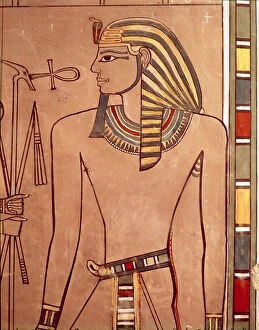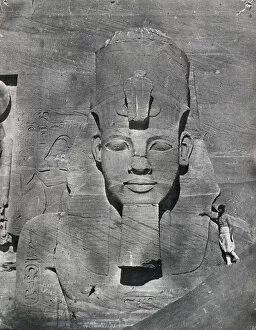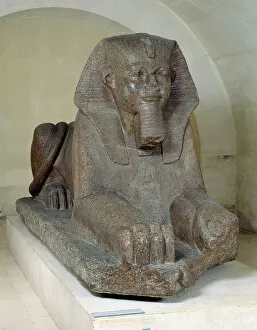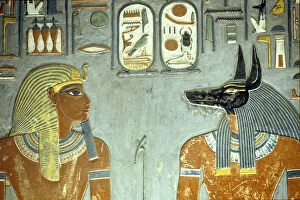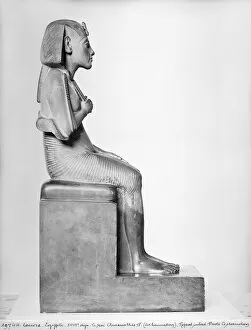Nemes Headdress Collection
"Unveiling the Majesty of Ancient Egypt: A Glimpse into the Enigmatic Nemes Headdress" Head of a Queen, Late Period (basalt): Adorned with the iconic nemes headdress
All Professionally Made to Order for Quick Shipping
"Unveiling the Majesty of Ancient Egypt: A Glimpse into the Enigmatic Nemes Headdress" Head of a Queen, Late Period (basalt): Adorned with the iconic nemes headdress, this regal headpiece symbolizes power and authority, worn by queens who ruled over ancient Egypt. Head and upper torso of Seti I, New Kingdom 1303-1200 B. C. (granite): The intricate details carved on this colossal statue reveal Seti I wearing the nemes headdress as a testament to his royal lineage and divine connection. The Sphinx, dating from the reign of King Chephren, Old Kingdom: With its enigmatic expression and majestic nemes headdress framing its face, the Sphinx stands as an enduring symbol of Egyptian civilization's grandeur. Amenhotep II (c. 1427-1392 BC) with an ankh being raised to his lips: This captivating depiction showcases Amenhotep II donning the distinguished nemes headdress while engaging in a sacred ritual that represents life and eternity. Colossal statue of Ramesses II at Abu Simbel, 1850 (b/w photo): Towering above all else is Ramesses II immortalized in stone wearing the distinctive nemes headdress – a striking representation of pharaonic might etched into history. The back of the gold mask from the Treasure of Tutankhamun: As we marvel at Tutankhamun's golden burial mask adorned with lapis lazuli eyes, let us not forget how it harmoniously integrates with his royal blue nemes headdress – epitomizing royalty beyond measure. Seated statue of King Djoser (2630-2611 BC) from Mortuary Temple beside Step Pyramid: Preserved through time is Djoser seated majestically wearing his intricately patterned nemes headdress, a testament to his divine authority as the pharaoh.




